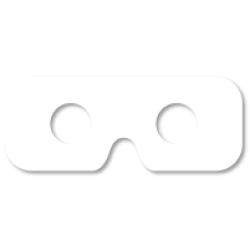Analysis of Occupants’ Spatial Behavior in Buildings
We use virtual reality to observe and evaluate people’s spatial behavior in virtual spaces, focusing particularly on patterns of movement, permanence, and gaze direction. We compare the actual behavior of individuals in physical spaces and identical virtual spaces, identifying similarities, differences, and the factors that influence these aspects. Ultimately, this line of research aims to develop methodologies to use virtual reality as a tool to obtain information about occupants’ behavior that is relevant and useful for the design and management of physical spaces.
Team: Mauricio Loyola (IP), Javier Ochoa, María José Campos, Tania Bassaure
Sponsor:
Dates:
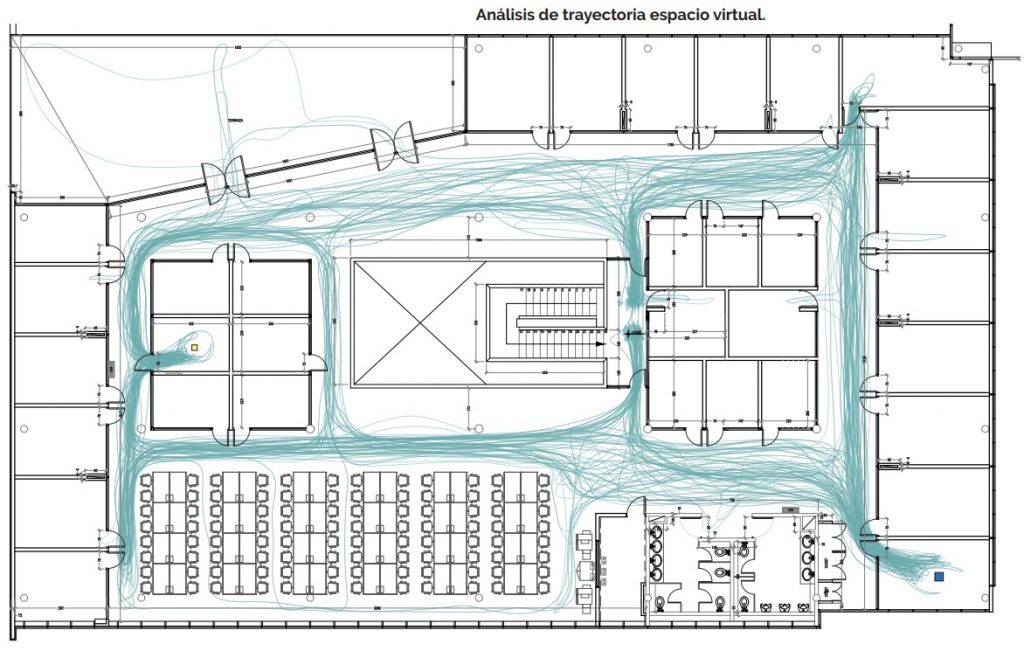
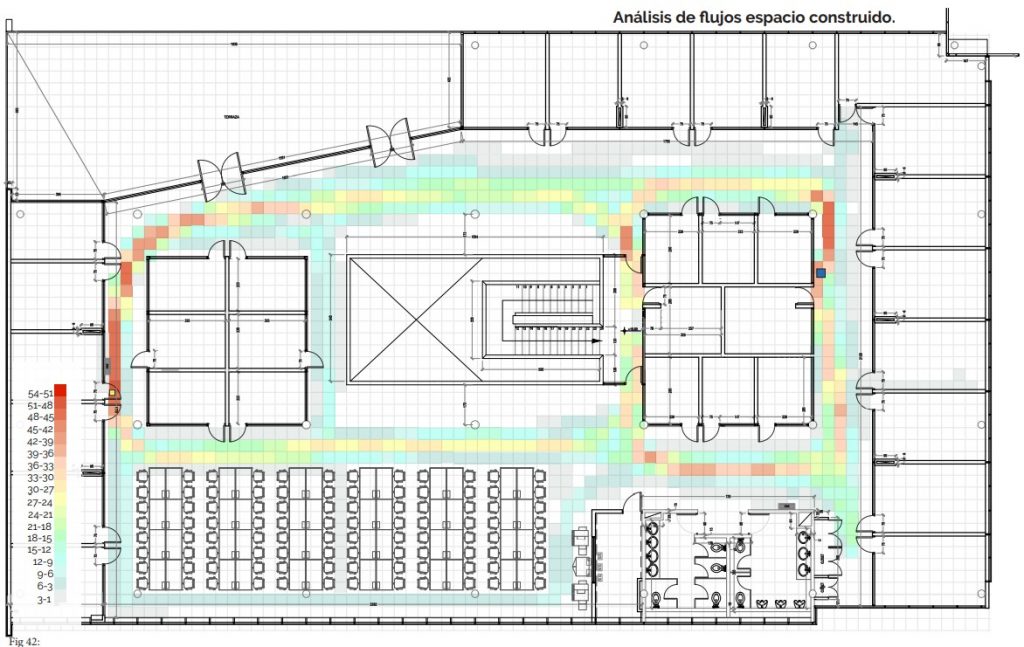
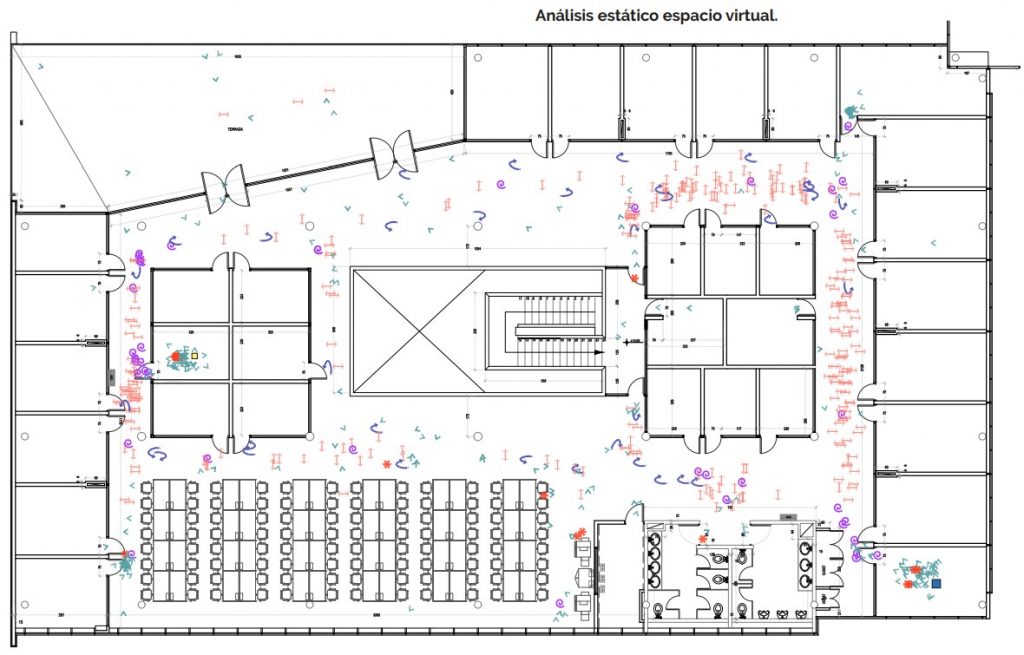
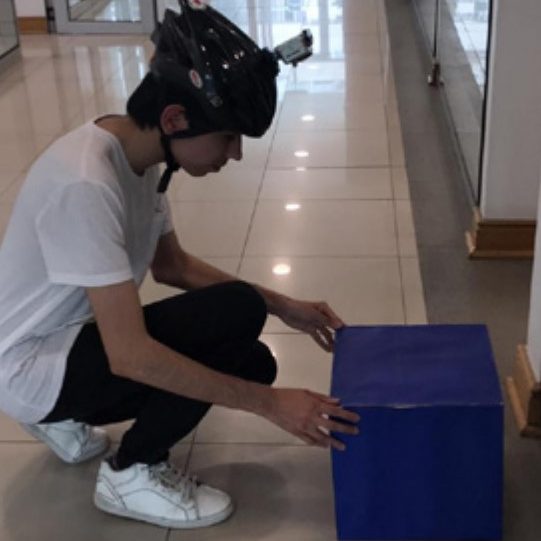
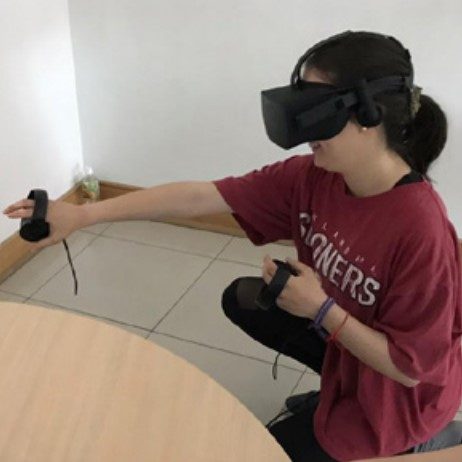
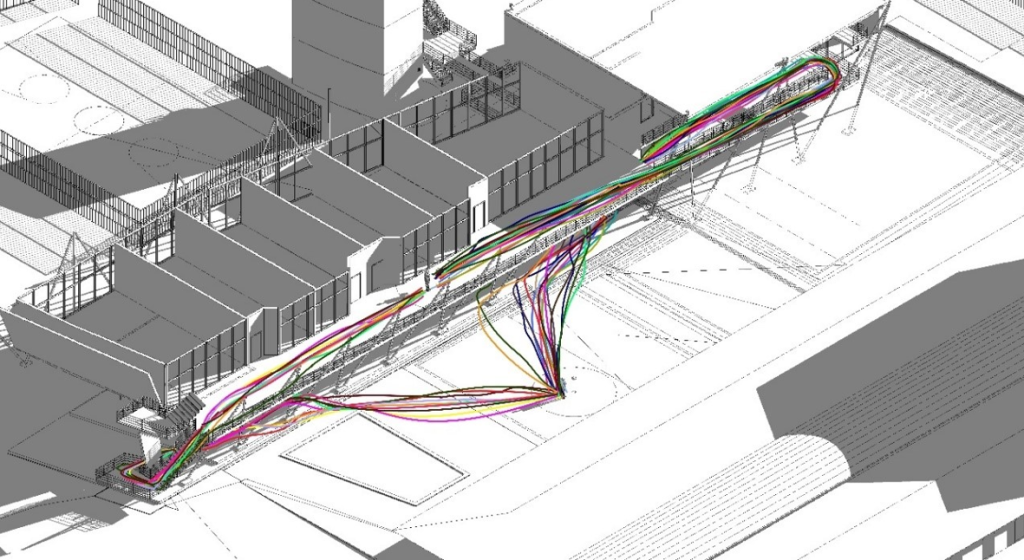
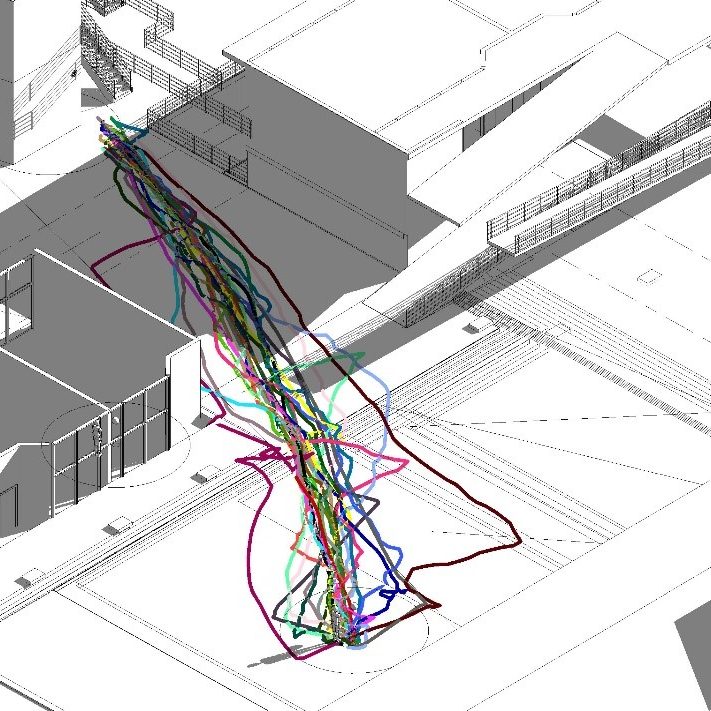

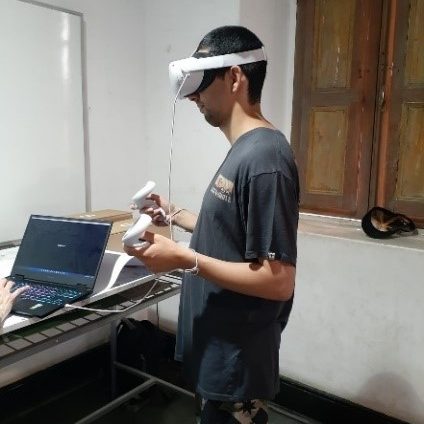

Reduction of Perceptual Distortions in Distances and Dimensions in VR
We study how to improve the designs of virtual spaces to reduce perceptual distortions in distances and dimensions that occur with VR technology. We combine various virtual space modeling technologies with spatial design techniques to create virtual environments that generate more accurate perceptual responses. Ultimately, these environments can be used in architectural applications where accurate and precise impressions from individuals are required.
Team: Mauricio Loyola (IP), Cecilia Wolff, Bruno Rossi, Sebastián Pagueguy, Luis Mosquera, Francisca Virán.
Sponsor: FAU Interdisciplinar 2020 (Código proyecto: 12012001.9102.042).
Dates: 2021-2022
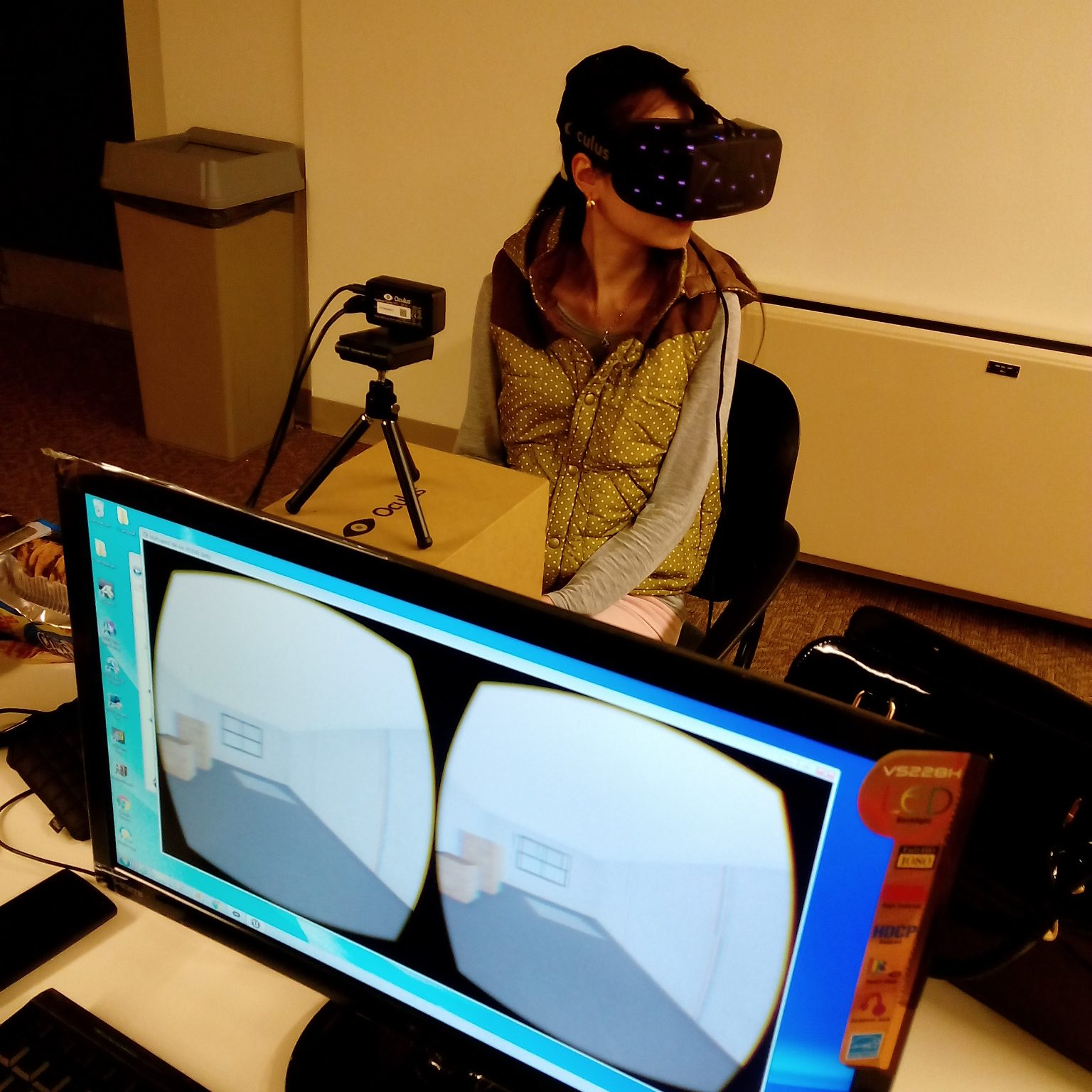

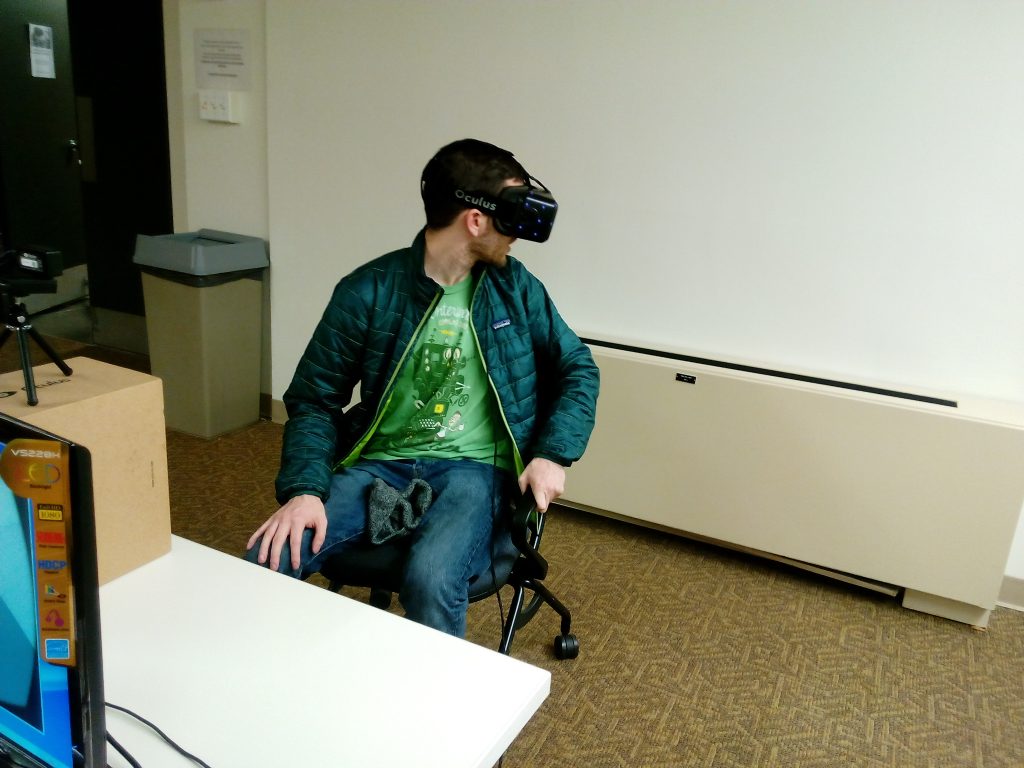


Rapid Generation of Hybrid Virtual Environments with 360 Images and 3D Geometry
We develop quick and simple methods for generating virtual environments by combining 360 images and 3D geometry for use during architectural design processes. We explore and evaluate various 360 monoscopic, stereoscopic, and photogrammetry technologies for constructing virtual environments, both static and interactive, with suitable levels of depth and sensory breadth for use in architecture and design. These methods improve the efficiency in generating virtual environments, allowing their application in the early stages of the design process.
Team: Mauricio Loyola (IP), Luis Mosquera, Francisca Virán
Sponsor: VID U-Inicia 2020 (Código proyecto: UI-007/20)
Dates: 2022-2023

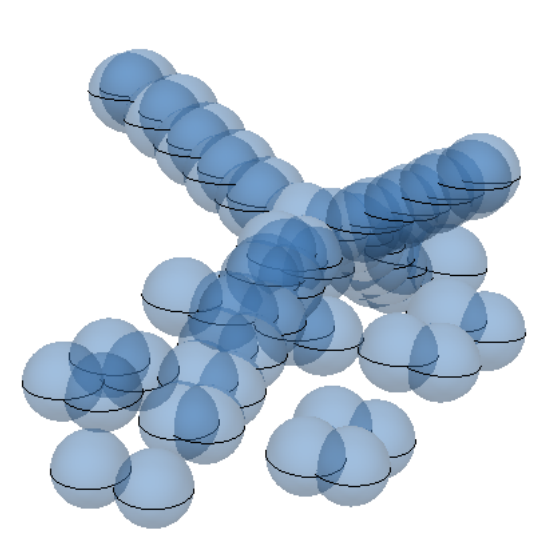
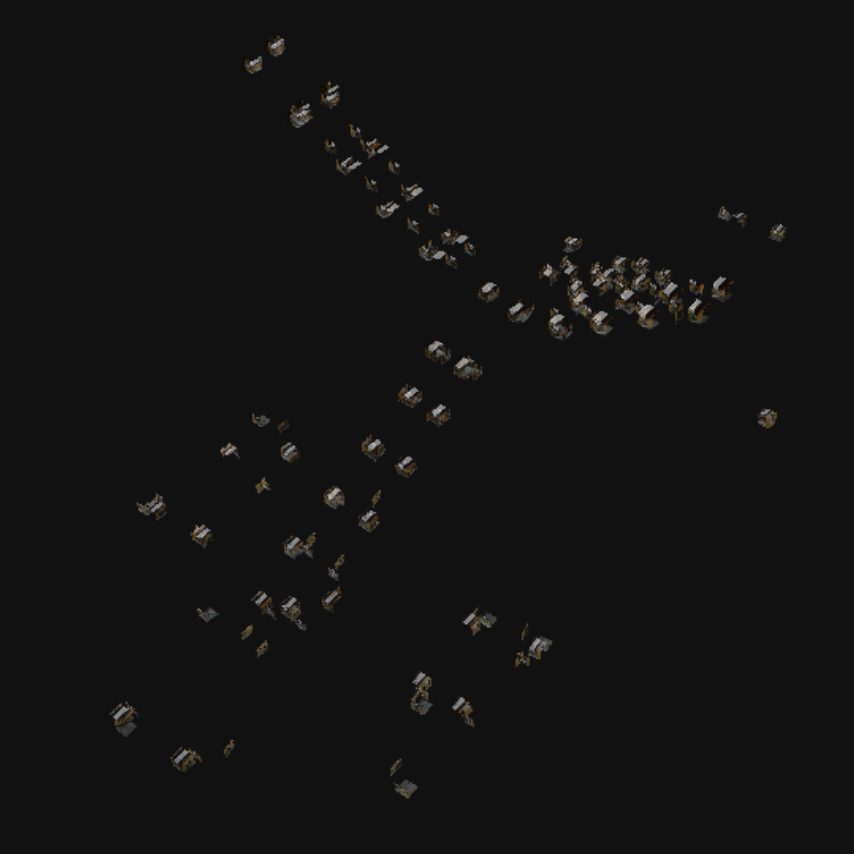

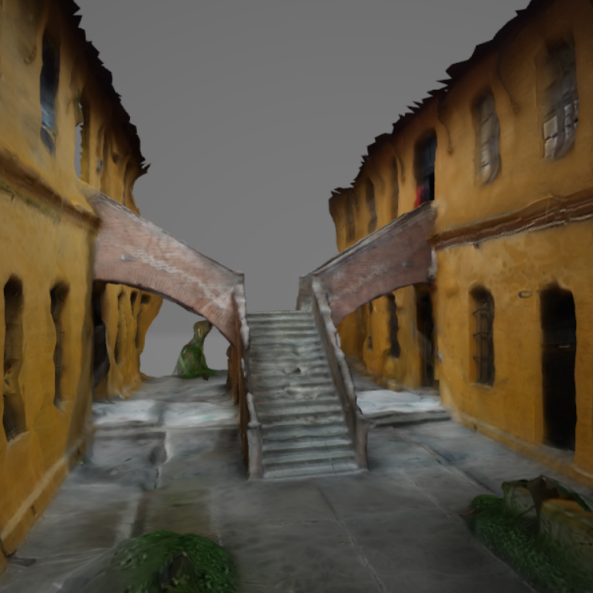
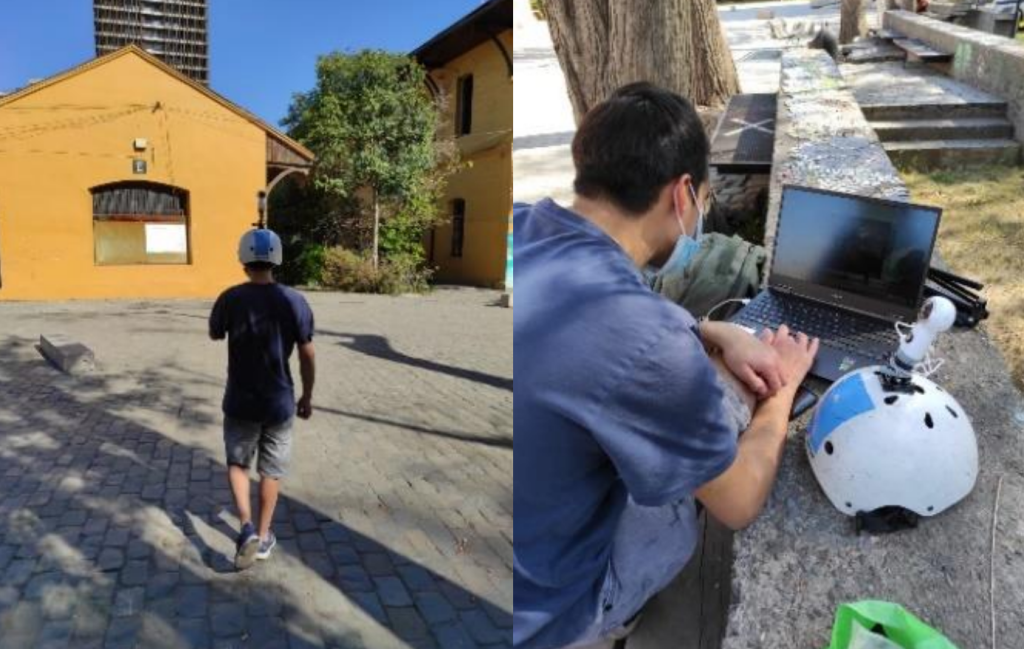
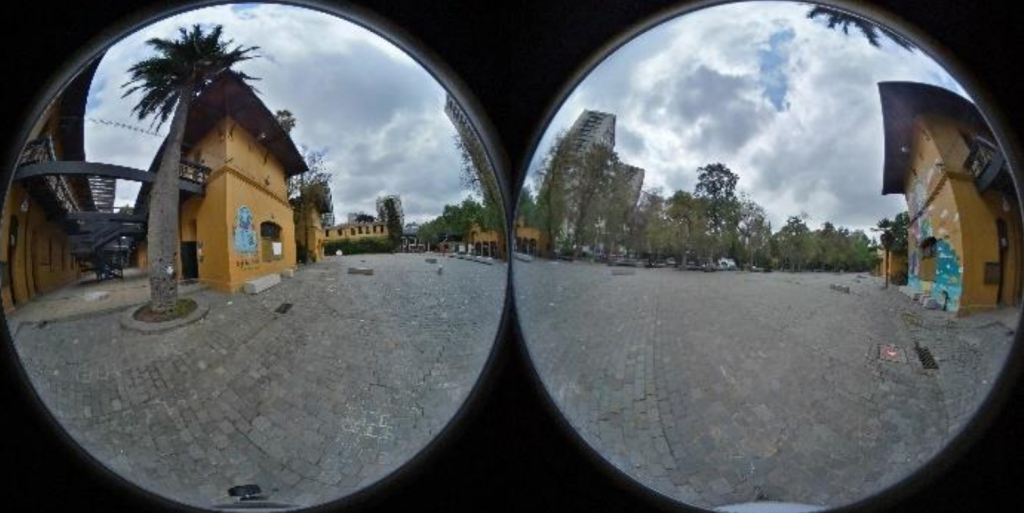


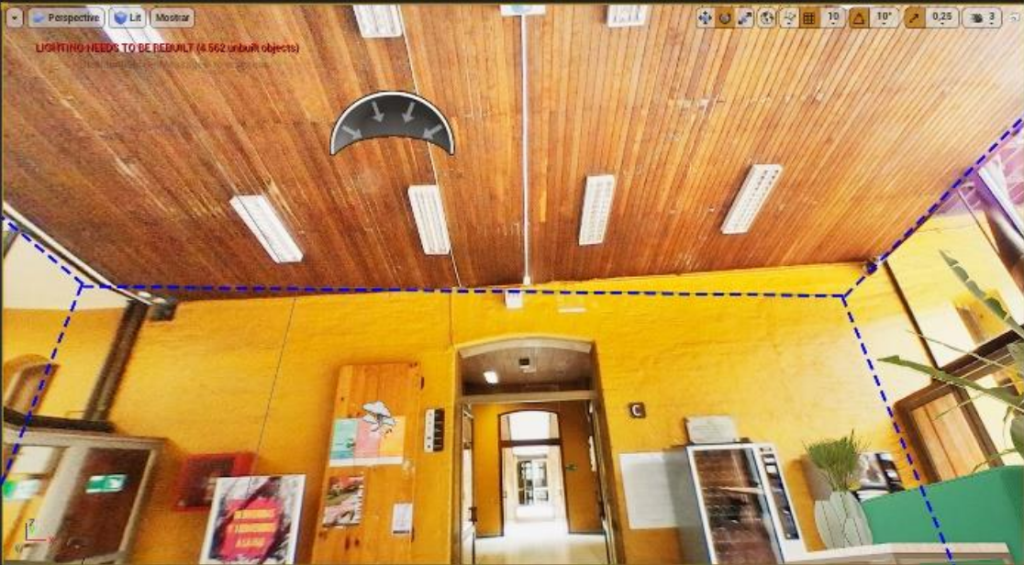
Characterization of Collaborative Design Processes in VR
We explore collaborative design processes in virtual reality compared to processes mediated by other technologies and traditional processes in face-to-face environments, aiming to detect advantages, limitations, and challenges in virtual settings. We evaluate the effectiveness of various interfaces and interaction methods in virtual reality, identifying practices that promote effective and smooth collaboration, paving the way for new working modalities in architecture and design.
Team: Mauricio Loyola (IP), Pedro Soza, Javiera Garafulic, Wildo Vicencio, Juan Pablo Meniconi, Matías Sanchez, Javiera Hormazábal.
Sponsor: Vicerrectoría de Tecnologías de Información U. de Chile y Arkio ehf, Islandia.
Dates: 2022-2023
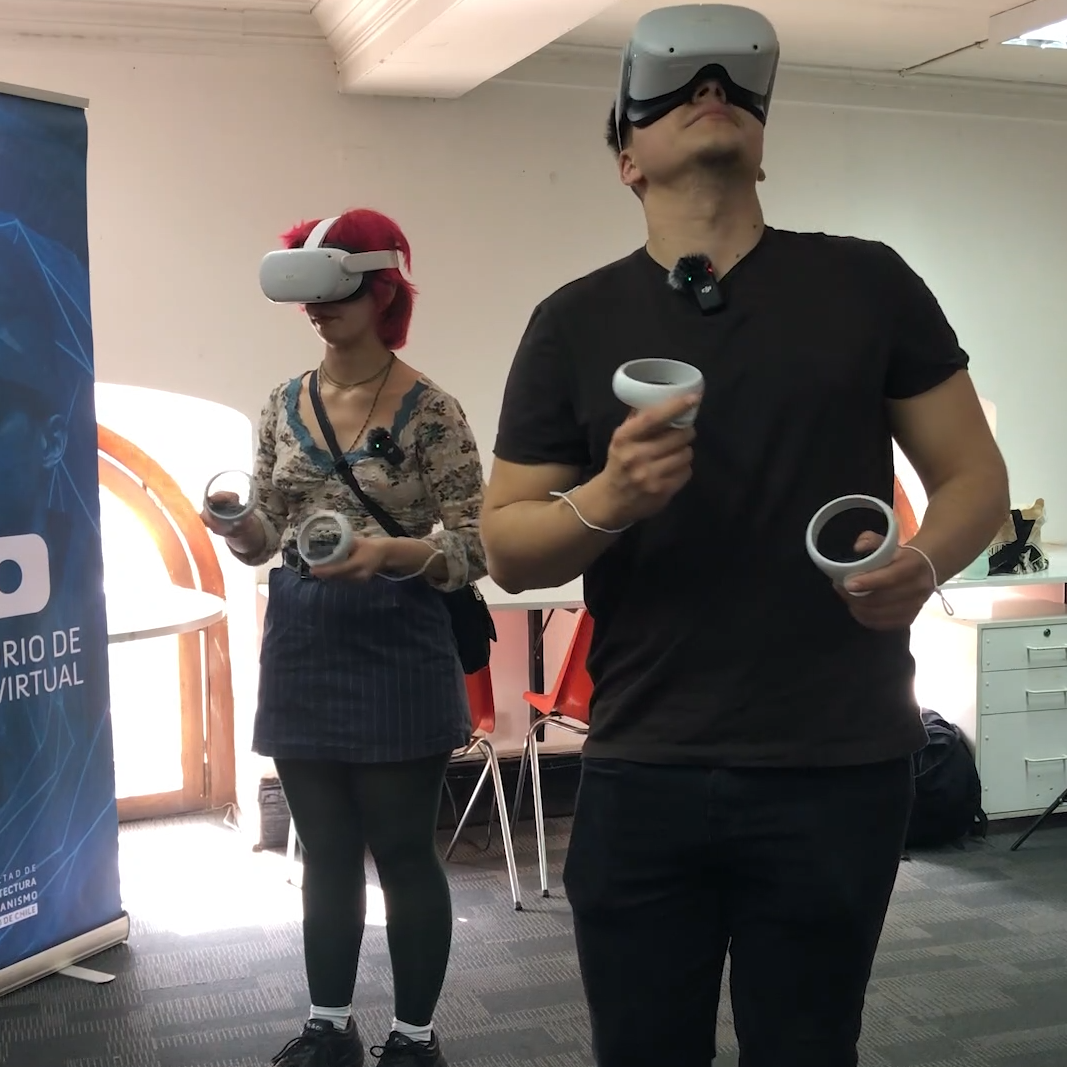
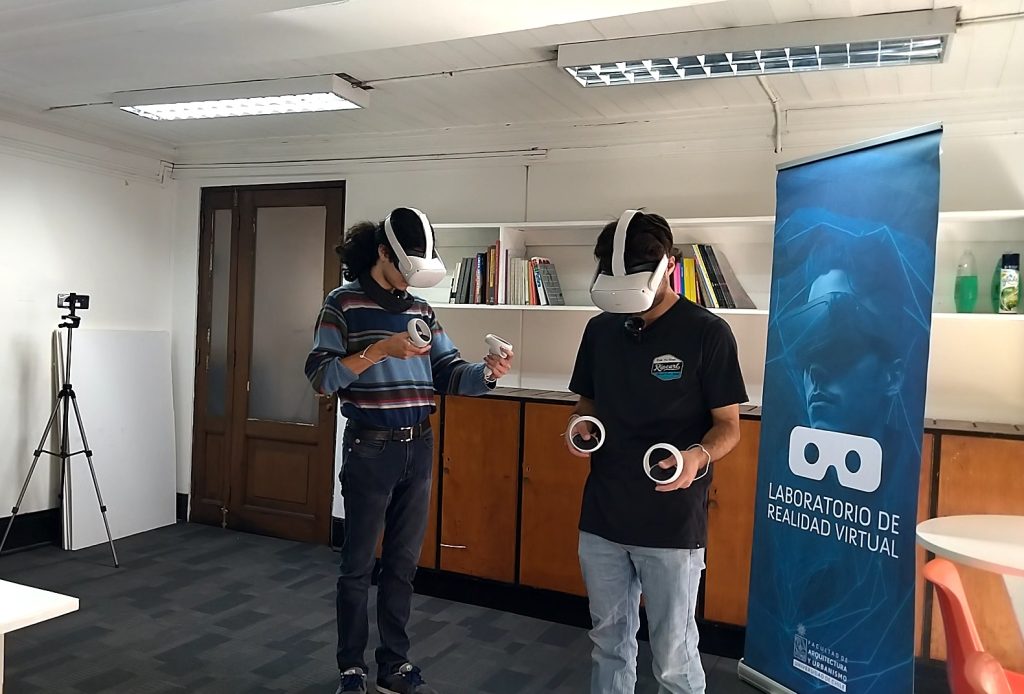
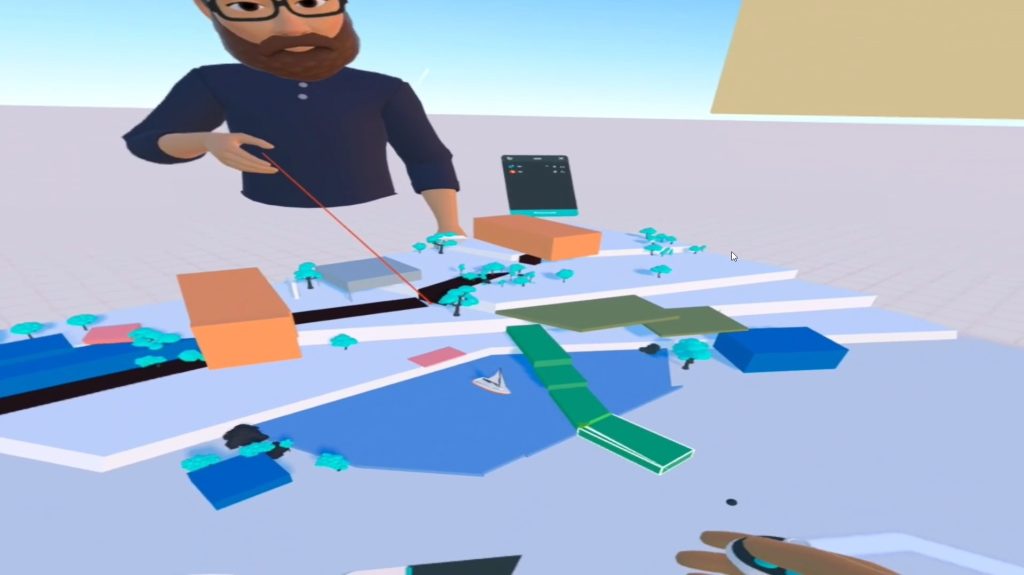
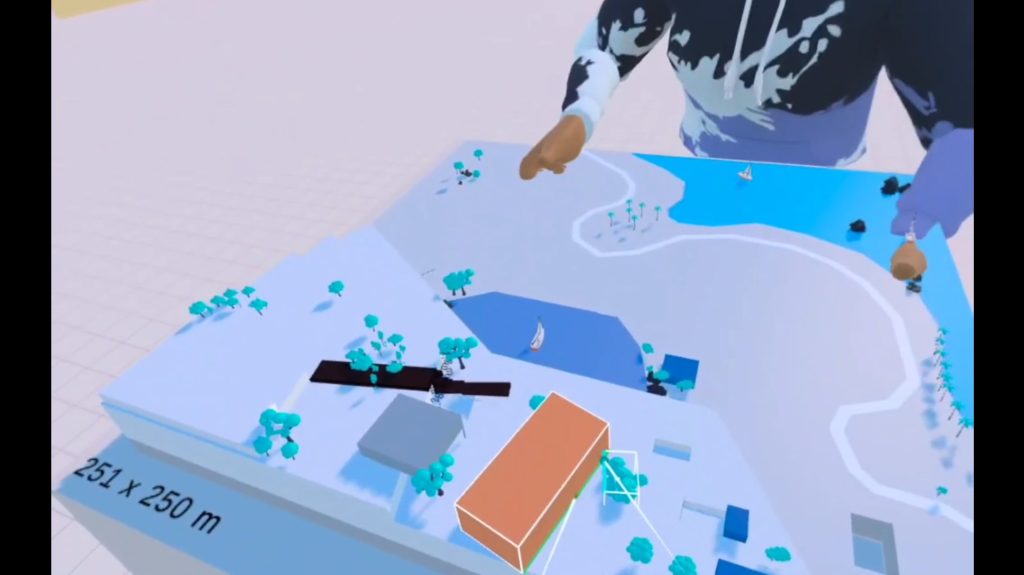
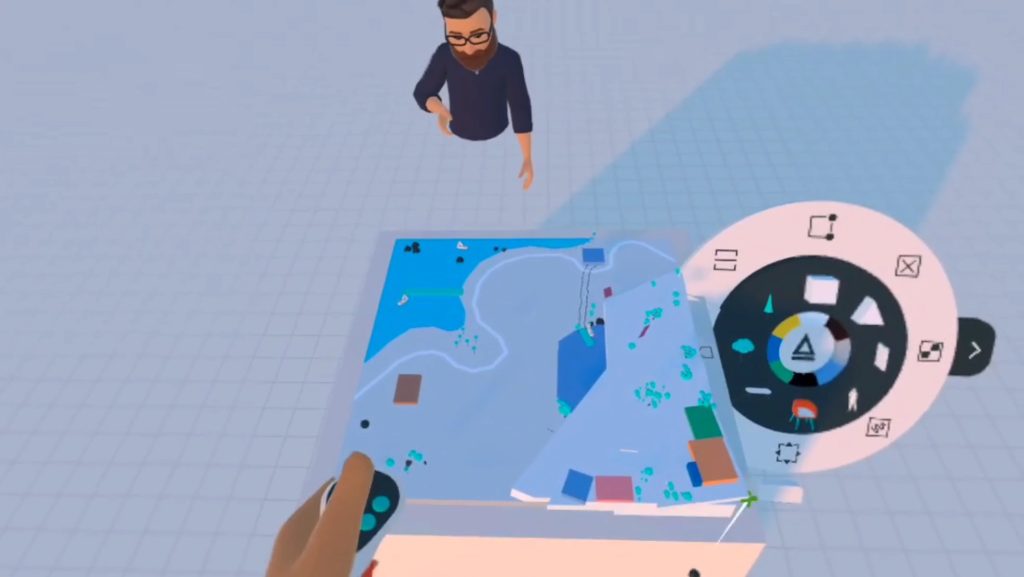
Use of Virtual Reality for Teaching Construction Procedures
Lorem ipsum dolor sit amet, consectetur adipiscing elit. Curabitur maximus mollis aliquam. Fusce at metus et enim iaculis commodo at at lacus. Nam quis libero auctor velit scelerisque viverra. Suspendisse ac mauris tellus. Nullam vehicula dui ac auctor ullamcorper. Sed placerat, enim et interdum ultricies, turpis nulla tincidunt ante, eget cursus elit dolor sed lectus. Vivamus ac velit tempor, gravida sapien ac, posuere arcu. Morbi elit felis, euismod eget leo eget, tristique interdum nunc. Morbi molestie imperdiet magna vitae consequat. Proin id porta odio.
Team: Mauricio Loyola (IP), Max Daiber, Martín Retamal
Colaborator: Escuela Nocturna para Obreros de la Construcción (ENOC), U. de Chile
Dates: 2014-2021
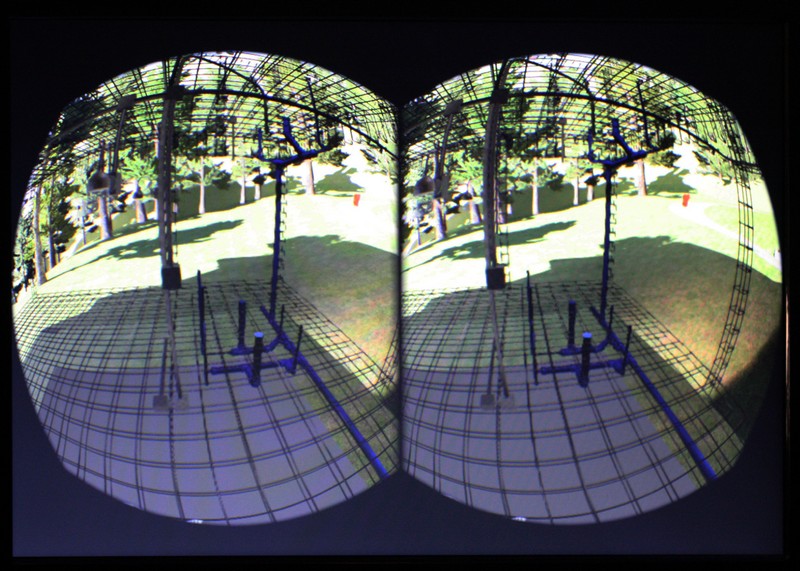
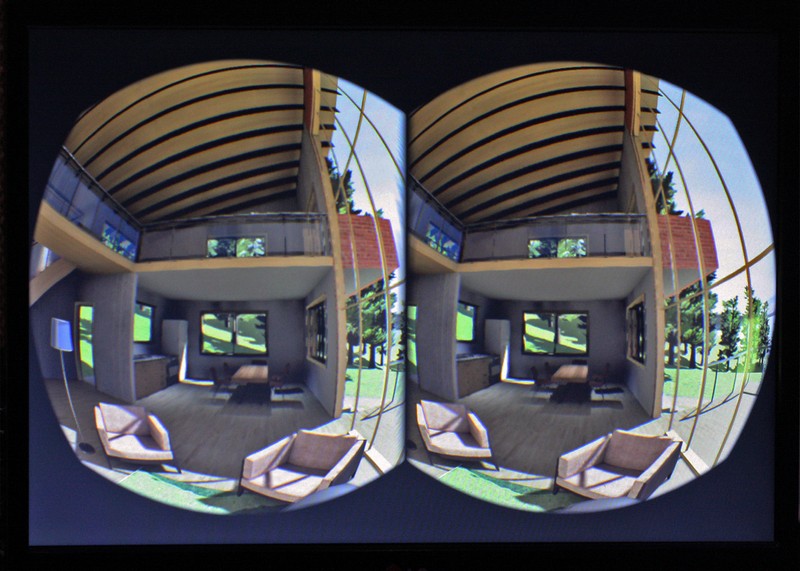
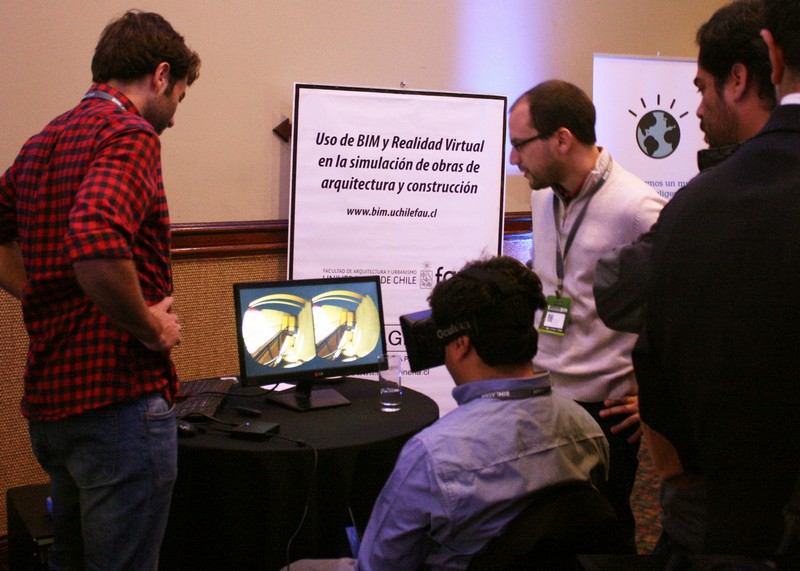
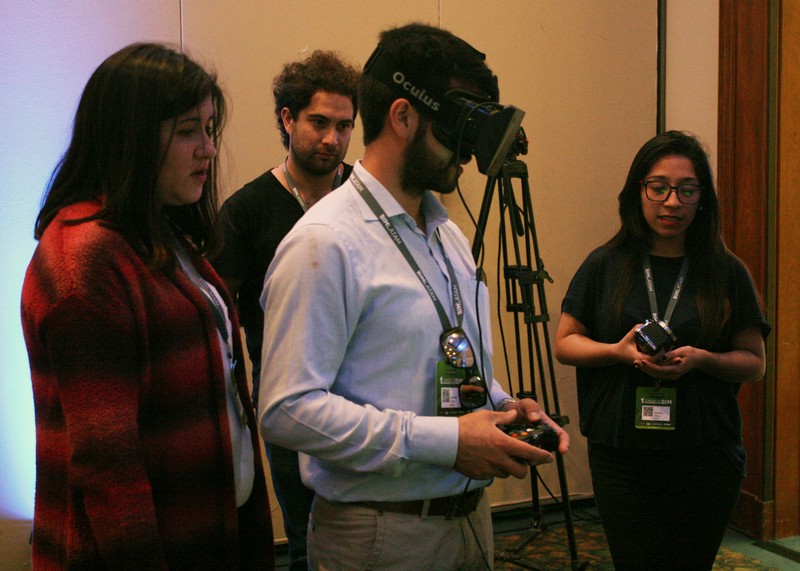
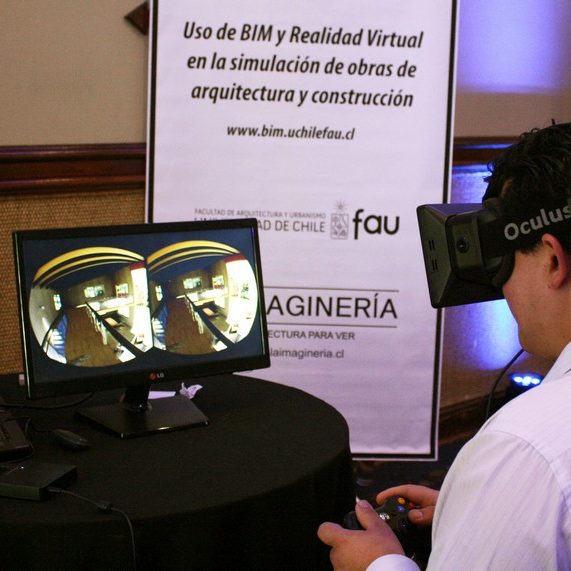
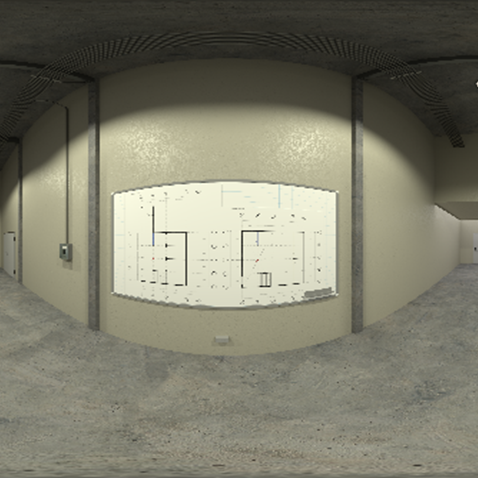

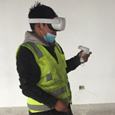
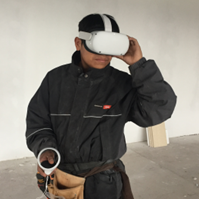
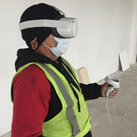
Virtual Reality for Participatory Design
We explore the use of virtual reality in early citizen participation processes for architecture and urban planning projects. We study the most efficient ways for individuals without VR experience to visualize and experience virtual spaces in an easy and intuitive manner, and to provide valuable feedback for architects and designers. This line of research aims to use VR effectively to overcome communication barriers between design professionals and the community.
Team: Jorge Inzunza (IP), Mauricio Loyola (IA), Viviana Fernández, Hernán Elgueta, Bruno Rossi, Max Daiber, Constanza Montiel
Sponsor: Ministerio de Vivienda y Urbanismo (Código proyecto FAU-MINVU Nº120107019102017)
Collaborator: Ilustre Municipalidad de Pedro Aguirre Cerda
Fechas: 2015-2018



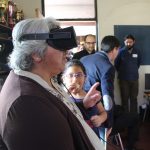

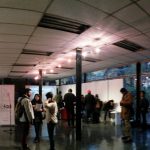
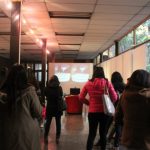
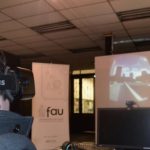
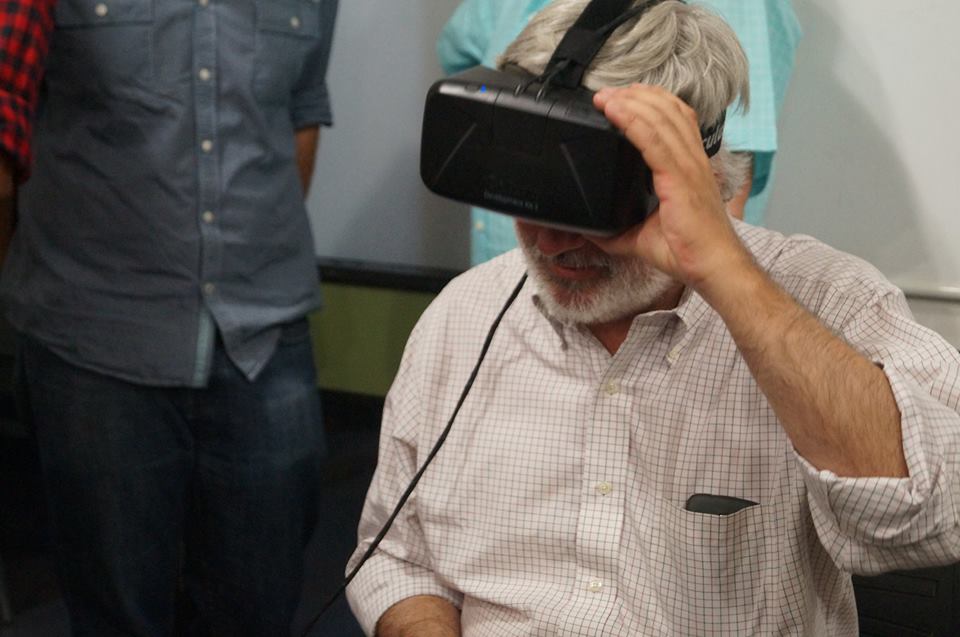

Collaborations
Digital Design and Construction System for Housing based on Roberto Matta’s Residential Proposals
Project: FONDECYT XXXXXXXXX
Team: Rodrigo García-Alvarado (IP), Pedro Soza (Co-Inv), Mariela Gaete (Co-Inv)
Our role was to assist in experimentation with virtual reality environments constructed from images of Roberto Matta’s paintings
Development of Three Modular Stations for the Itinerant ESO Exhibition
Project: Convenio FAU – European Southern Observatory (ESO)
Team: Cecilia Wolff (responsable)
Our role was to assist in generating virtual experiences with low-cost VR viewers as part of the exhibition’s museographic proposal..

